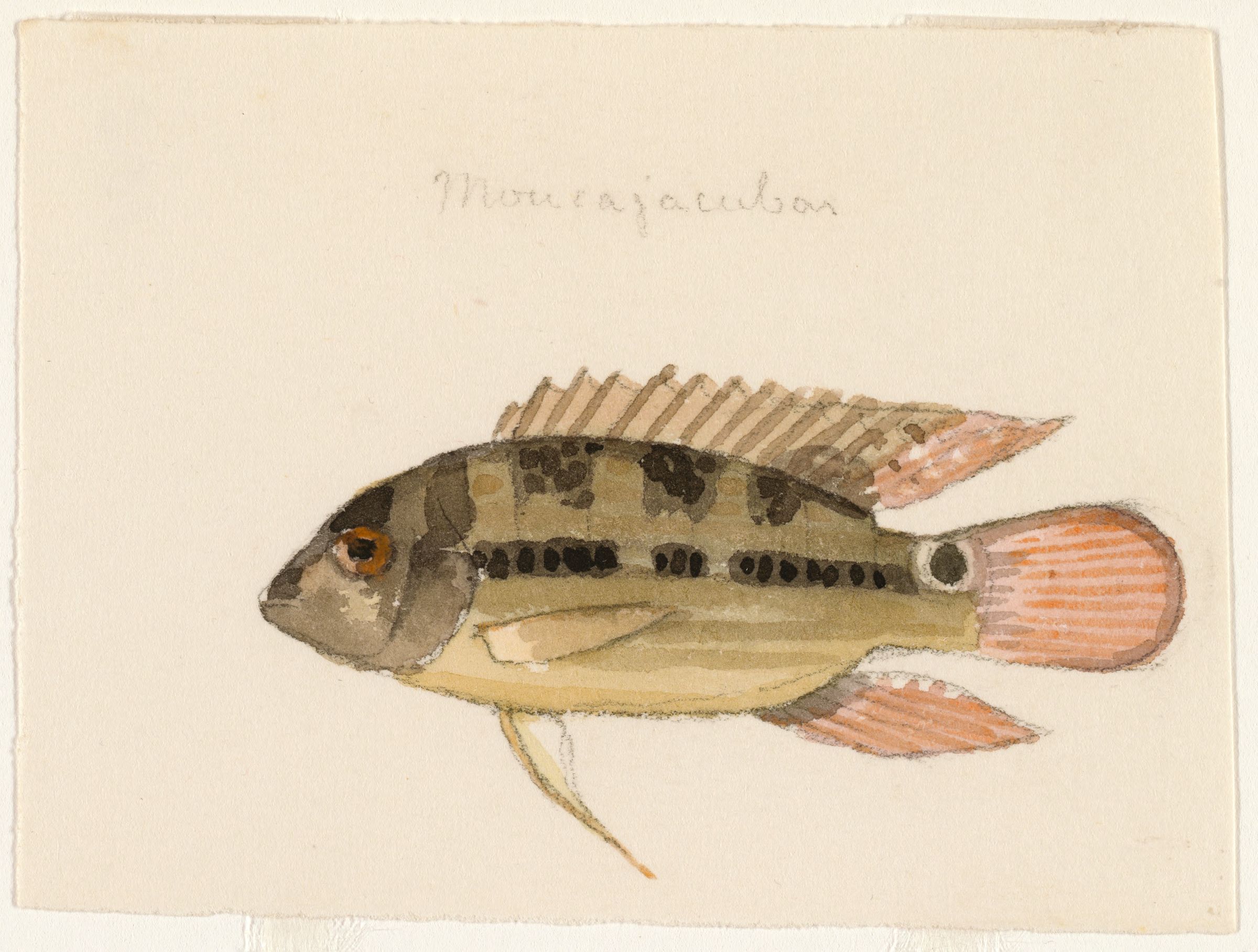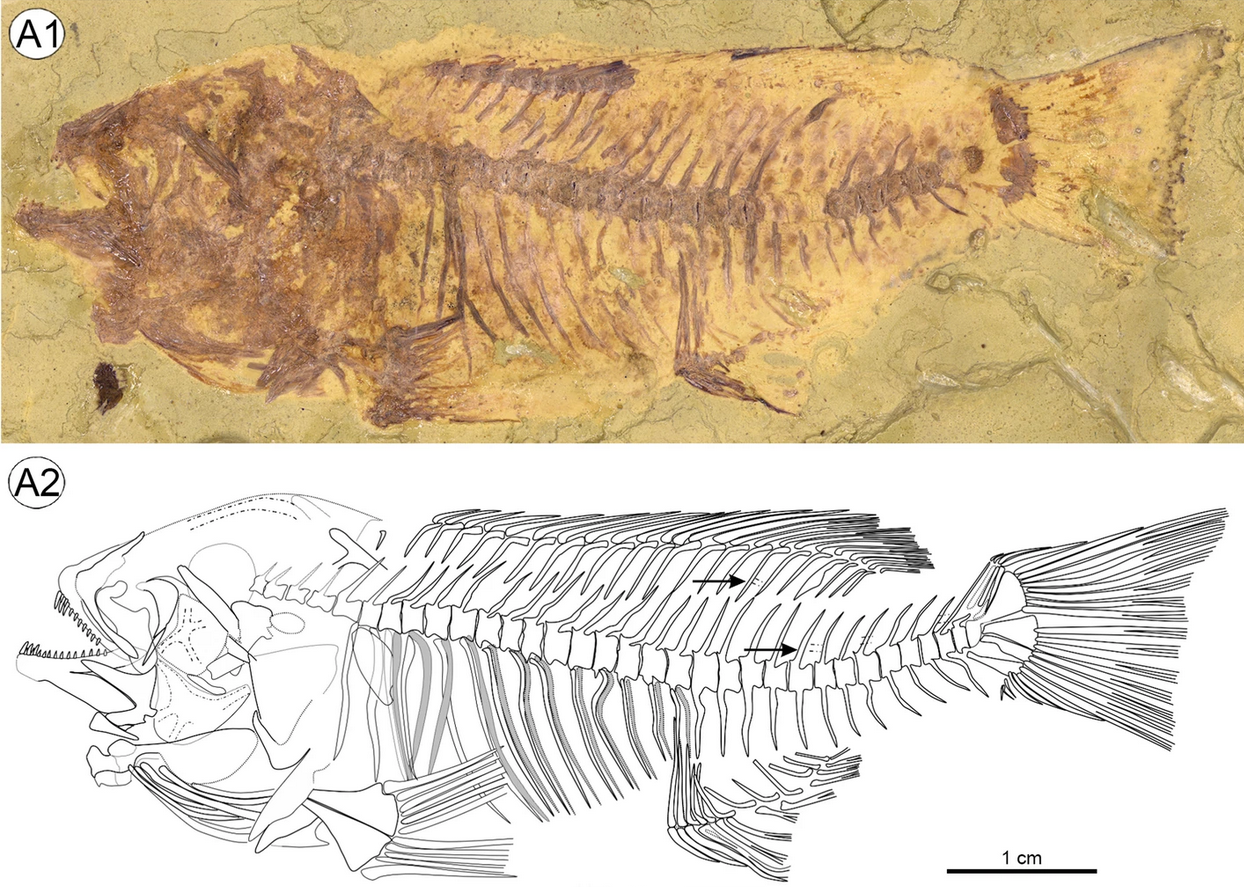|
Tropheus
''Tropheus'' is a small genus of at least six species of cichlids endemic to Lake Tanganyika in East Africa. The genus is widespread across all regions of Lake Tanganyika, from Burundi in the north to Zambia in the south. Males and females are relatively similar in color, with only subtle sexual dimorphism in the form of the male's larger size. All species are maternal mouthbrooders, with the females caring for their eggs and fry in their mouths; this characteristic provides their generic name, ''Tropheus'', which comes from the Greek '' trophos'', which means "to nurse" or, according to Boulenger, "one who rears, brings up, educates". The genus is fished lightly by the local population, but has never become a staple food fish due to its relatively small size and its habitat, which enables it to dart between rocks when threatened. Most species occur along the coastal fringes of the lake at depths less than 3 m. These rocky shores, with numerous rocky outcroppings and boulder for ... [...More Info...] [...Related Items...] OR: [Wikipedia] [Google] [Baidu] |
Tropheus Moorii
''Tropheus moorii'' (blunthead cichlid) is a species of cichlid endemic to Lake Tanganyika in Africa. Over 40 different color morphs of this species are dispersed throughout the lake, ranging from dark green to flame red and yellow. They mostly feed on filamentous algae on the rocky shallows they inhabit. ''T. moorii'' is a maternal mouthbrooder, so eggs are fertilized and young are carried in the mouth of the female while they hatch and develop. Territorialism Both male and female adults occupy individual feeding territories. Blunthead cichlids inhabiting territories at greater depth tend to have smaller adult body sizes and larger territories compared to those in shallows. Males have larger territories than females. A female leaves her territory to pair with a male and usually visits several territories multiple times before choosing a male. After the male and female form a pair bond, the female forages in his territory up to three weeks under his protection before spawning. A ... [...More Info...] [...Related Items...] OR: [Wikipedia] [Google] [Baidu] |
Tropheus Polli
''Tropheus polli'' is a species of cichlid endemic to Lake Tanganyika, where it is only known from the central eastern portion of the coast in areas with rocky substrates. This species can reach a total length of . It can also be found in the aquarium trade. The specific name honours the ichthyologist Max Poll. It is considered by some authorities to be a synonym of '' Tropheus annectens''. See also *List of freshwater aquarium fish species A vast number of freshwater species have successfully adapted to live in aquariums. This list gives some examples of the most common species found in home aquariums. Siluriformes, Catfish Characiformes, Characoids Cichl ... References Tropheus Fish described in 1977 Taxonomy articles created by Polbot Taxobox binomials not recognized by IUCN {{Pseudocrenilabrinae-stub ... [...More Info...] [...Related Items...] OR: [Wikipedia] [Google] [Baidu] |
Tropheus Annectens
''Tropheus annectens'' is a species of cichlid endemic to Lake Tanganyika, where it is found on a substrate consisting of large, fixed rock. This species can reach a length of . It can be found in the aquarium An aquarium (: aquariums or aquaria) is a vivarium of any size having at least one transparent side in which aquatic plants or animals are kept and displayed. fishkeeping, Fishkeepers use aquaria to keep fish, invertebrates, amphibians, aquati ... trade. References annectens Taxa named by George Albert Boulenger Fish of Lake Tanganyika Fish described in 1900 Taxonomy articles created by Polbot {{Pseudocrenilabrinae-stub ... [...More Info...] [...Related Items...] OR: [Wikipedia] [Google] [Baidu] |
Tropheus Duboisi
''Tropheus duboisi'', the white spotted cichlid, is a species of cichlid endemic to Lake Tanganyika. It can reach a length of . Distribution and habitat The species is found only in Lake Tanganyika, restricted to rocky substrates (rubble or slabs) in the northern portion of the lake. It occurs to a depth of 30 m. Three subpopulations are distinguished in different parts of the lake: "Maswa", "Karilani Island", and "Kigoma". Ecology ''T. duboisi'' cichlids feed on the algae growing on the rocky substrate they frequent. The species engages in mouth-brooding; eggs are hatched in the mother's mouth, and young fish use it as shelter for some time after hatching. Conservation The species is classified as vulnerable due to their small estimated population size (a few thousand) and restricted distribution. It is heavily in demand in the aquarium trade, and likely impacted to some degree by increases in sedimentation in its natural habitat. Etymology The specific name honours the colle ... [...More Info...] [...Related Items...] OR: [Wikipedia] [Google] [Baidu] |
Tropheus Kasabae
''Tropheus kasabae'' is a species of cichlid endemic to Lake Tanganyika where it is found in areas with rocky substrates in the southern portion of the lake. This species can reach a total length of . It can be found in the aquarium An aquarium (: aquariums or aquaria) is a vivarium of any size having at least one transparent side in which aquatic plants or animals are kept and displayed. fishkeeping, Fishkeepers use aquaria to keep fish, invertebrates, amphibians, aquati ... trade. References kasabae Fish described in 1977 Taxonomy articles created by Polbot {{Pseudocrenilabrinae-stub ... [...More Info...] [...Related Items...] OR: [Wikipedia] [Google] [Baidu] |
Lake Tanganyika
Lake Tanganyika ( ; ) is an African Great Lakes, African Great Lake. It is the world's List of lakes by volume, second-largest freshwater lake by volume and the List of lakes by depth, second deepest, in both cases after Lake Baikal in Siberia. It is the world's longest freshwater lake. The lake is shared among four countries—Tanzania, the Democratic Republic of the Congo (the DRC), Burundi, and Zambia—with Tanzania (46%) and the DRC (40%) possessing the majority of the lake. It drains via the Lukuga River into the Congo River system, which ultimately discharges at Banana, Democratic Republic of the Congo into the Atlantic Ocean. Geography Lake Tanganyika is situated within the Albertine Rift, the western branch of the East African Rift, and is confined by the mountainous walls of the valley. It is the largest rift lake in Africa and the second-largest freshwater lake by volume in the world. It is the deepest lake in Africa and holds the greatest volume of fresh water on the ... [...More Info...] [...Related Items...] OR: [Wikipedia] [Google] [Baidu] |
Tropheus Brichardi
''Tropheus brichardi'' is a species of cichlid endemic to Lake Tanganyika where it is found in areas with substrates of solid rock in the central portion of the lake. This species can reach a length of . It can be found in the aquarium trade. The specific name honours Pierre Brichard (1921–1990) the aquarium fish exporter who provided the authors with the type Type may refer to: Science and technology Computing * Typing, producing text via a keyboard, typewriter, etc. * Data type, collection of values used for computations. * File type * TYPE (DOS command), a command to display contents of a file. * .... References External links Photograph brichardi Taxa named by Thys van den Audenaerde Taxa named by Mark H. J. Nelissen Fish described in 1975 Taxonomy articles created by Polbot {{Pseudocrenilabrinae-stub ... [...More Info...] [...Related Items...] OR: [Wikipedia] [Google] [Baidu] |
Tropheini
Tropheini is a tribe of African cichlids, endemic to Lake Tanganyika Lake Tanganyika ( ; ) is an African Great Lakes, African Great Lake. It is the world's List of lakes by volume, second-largest freshwater lake by volume and the List of lakes by depth, second deepest, in both cases after Lake Baikal in Siberia. .... The species in this tribe are mouthbrooders. Genera *'' Limnotilapia'' *'' Lobochilotes'' *'' Petrochromis'' *'' Pseudosimochromis'' *'' Simochromis'' *'' Tropheus'' References External links * http://www.helsinki.fi/~mhaaramo/metazoa/deuterostoma/chordata/actinopterygii/perciformes/labroidei/cichlidae/tropheini.html * https://web.archive.org/web/20110607061112/http://www.ingentaconnect.com/content/klu/hydr/2003/00000500/F0030001/05138261;jsessionid=gf1j8h4qqp3d.alexandra * https://web.archive.org/web/20090405230640/http://www.tropheini.com/tropheini.htm * http://www.cichlidexplorer.com/category/lake-tanganyika-cichlids/tropheini/ Fish tribes ... [...More Info...] [...Related Items...] OR: [Wikipedia] [Google] [Baidu] |
Cichlid Genera
Cichlids () are a large, diverse, and widespread family of percomorph fish in the family Cichlidae, order Cichliformes. At least 1,760 species have been scientifically described, making it one of the largest vertebrate families, with only the Cyprinidae being more speciose. New species are discovered annually, and many species remain undescribed. The actual number of species is therefore unknown, with estimates varying between 2,000 and 3,000. They are native to the Neotropics, Africa (including Madagascar), the Middle East, and the Indian subcontinent, although some species have been introduced worldwide. Many cichlids, particularly tilapia, are important food fishes, while others, such as the '' Cichla'' species, are valued game fish. The family also includes many popular freshwater aquarium fish kept by hobbyists, including the angelfish, oscars, and discus. Cichlids have the largest number of endangered species among vertebrate families, most in the haplochromi ... [...More Info...] [...Related Items...] OR: [Wikipedia] [Google] [Baidu] |
Cichlids
Cichlids () are a large, diverse, and widespread family of Percomorpha, percomorph fish in the family (biology), family Cichlidae, order Cichliformes. At least 1,760 species have been Binomial nomenclature, scientifically described, making it one of the largest vertebrate families, with only the Cyprinidae being more speciose. New species are discovered annually, and many species remain Undescribed taxon, undescribed. The actual number of species is therefore unknown, with estimates varying between 2,000 and 3,000. They are native to the Neotropics, Africa (including Madagascar), the Middle East, and the Indian subcontinent, although some species have been introduced worldwide. Many cichlids, particularly tilapia, are important food fishes, while others, such as the ''Cichla'' species, are valued game fish. The family also includes many popular freshwater aquarium fish fishkeeping, kept by hobbyists, including the freshwater angelfish, angelfish, Astronotus ocellatus, oscar ... [...More Info...] [...Related Items...] OR: [Wikipedia] [Google] [Baidu] |


